
Building on previous research done by student researchers at San Diego State University through the Sage Project and its collaboration with the San Diego Urban Sustainability Coalition, Dr. Norah Shultz’s spring 2023 Sociology 407 course split into three groups to investigate how the San Diego Energy and Equity Campus (SDEEC) could be of service to […]
Read More… from Sustainability and Sovereignty for Southeast San Diego: Uplifting the Community by Providing Career Resources and Fresh Produce
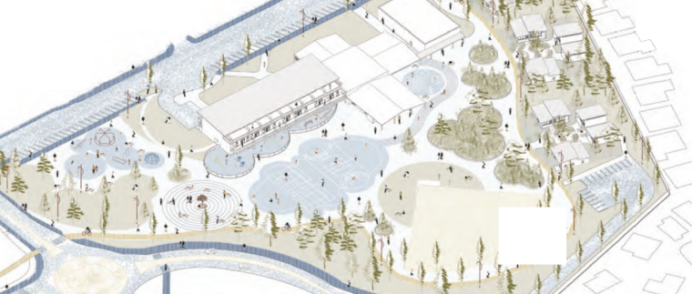
University of Oregon Architecture students proposed site designs and adaptive reuse ideas for the existing Sisters Elementary School and outdoor recreational uses and affordable housing. Student housing proposals fell into four main categories: 1) Housing on top of the school 2) Housing on the west side of the site 3) Housing in groups of clusters […]
Read More… from Reimagining Housing Options for the Sisters Elementary School Site
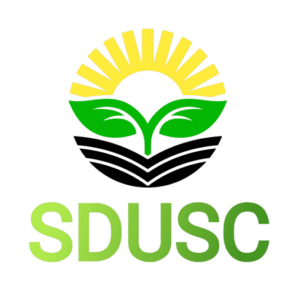
Building on previous research done by student researchers at San Diego State University through the Sage Project and its collaboration with the San Diego Urban Sustainability Coalition, Dr. Norah Shultz’s spring 2023 Sociology 407 course split into three groups to investigate how the San Diego Energy and Equity Campus (SDEEC) could be of service to […]
Read More… from Sustainability and Sovereignty for Southeast San Diego: Uplifting the Community by Providing Career Resources and Fresh Produce

San Diego Urban Sustainability Coalition partnered with the students in Dr. Samantha Bova’s ENV S 302 Climate Change Solutions course on research projects related to sustainability and community support. Their goal was to gain student input on projects that, if implemented, could improve sustainability and the quality of life of residents in Southeast San Diego. […]
Read More… from Initiatives With the Potential to Help Residents Achieve a More Sustainable Way of Living and Increased Quality of Life
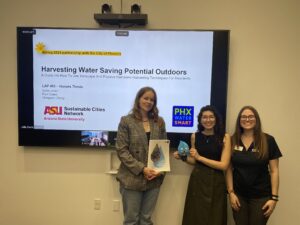
As a sprawling metro region, the City of Phoenix is a desert city with warm temperatures year-round. As an alternative to turf lawns, the City prioritizes the use of xeriscaping as a sustainable alternative to typical residential landscaping. In the interest of conserving water, the City promotes low water-use landscaping, or xeriscaping. After the successful […]
Read More… from Residential Xeriscape Irrigation Research & Plan Design
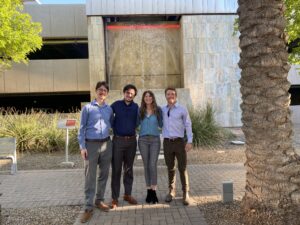
The City of Chandler, located in the southeastern Phoenix Metropolitan Area, is a thriving community of innovation seeking to plan a sustainable future for its residents, businesses, and visitors. With an increasing interest in advancing sustainability initiatives, particularly around water use and conservation, the Parks & Recreation Division of the Community Services Department is exploring […]
Read More… from Sustainable Landscape Management Strategies & Best Practices
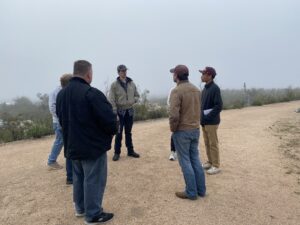
The Town of Kearny is facing unprecedented algae contamination in Kearny Lake Park, a key recreation area in the local community. Residents and visitors rely on Kearny Lake for walking, fishing, birding, boating, and more. However, due to aging infrastructure and land use change, Kearny Lake is experiencing rapid algal growth that is negatively impacting […]
Read More… from Kearny Lake Algae Revitalization
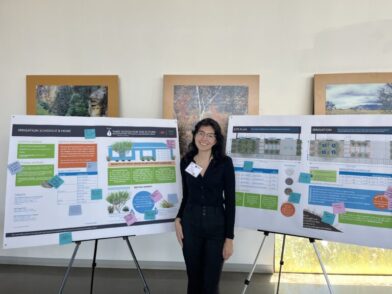
As a sprawling metro region, the City of Phoenix is a desert city with warm temperatures year-round. As an alternative to turf lawns, the City prioritizes the use of xeriscaping as a sustainable alternative to typical residential landscaping. In the interest of conserving water, the City promotes low water-use landscaping, or xeriscaping. After the successful […]
Read More… from Passive Rainwater Harvesting Research
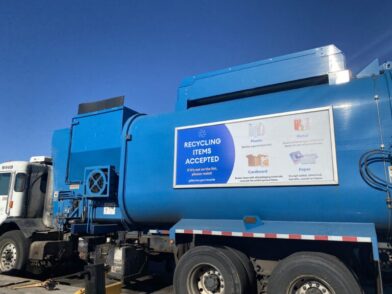
A municipal Public Works Department is critical to providing essential community services, ensuring a high quality of life for its residents. As communities in the Phoenix Metro are experiencing exponential growth, especially the Town of Gilbert, there are opportunities for regional collaboration for solid waste and recycling services. As the recycling economy is expected to […]
Read More… from Roadmap for Regional Collaboration
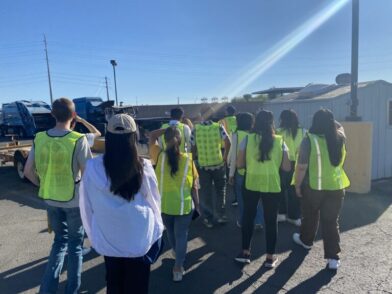
The Town of Gilbert is a fast-growing community in the East Valley of the Phoenix Metro Area with a population of over 270,000 residents who are eager to have a positive impact on their community. The Public Works Department Solid Waste & Recycling and Environmental Compliance Divisions are interested in exploring new, innovative communication strategies […]
Read More… from Contamination Communication Strategies








